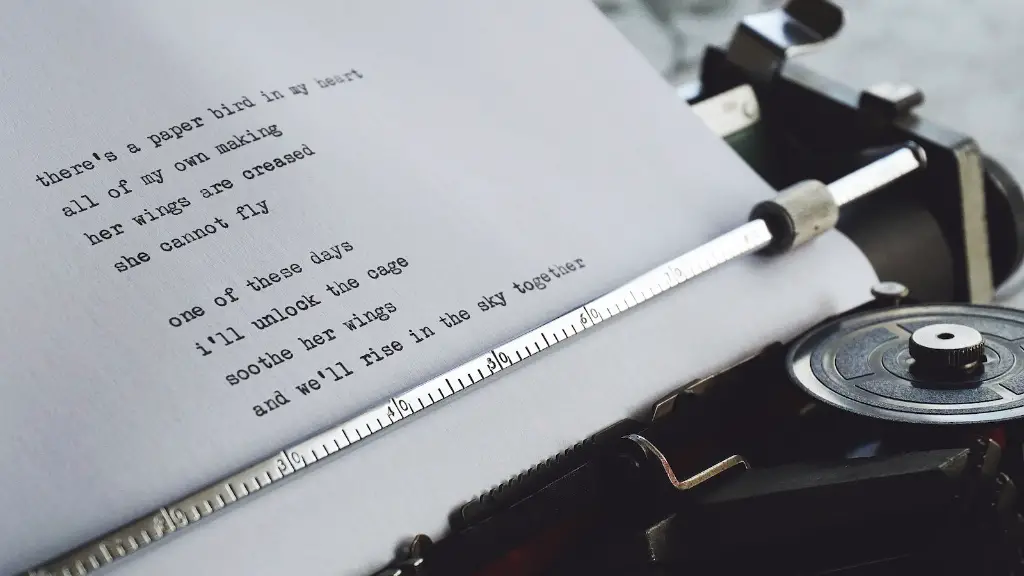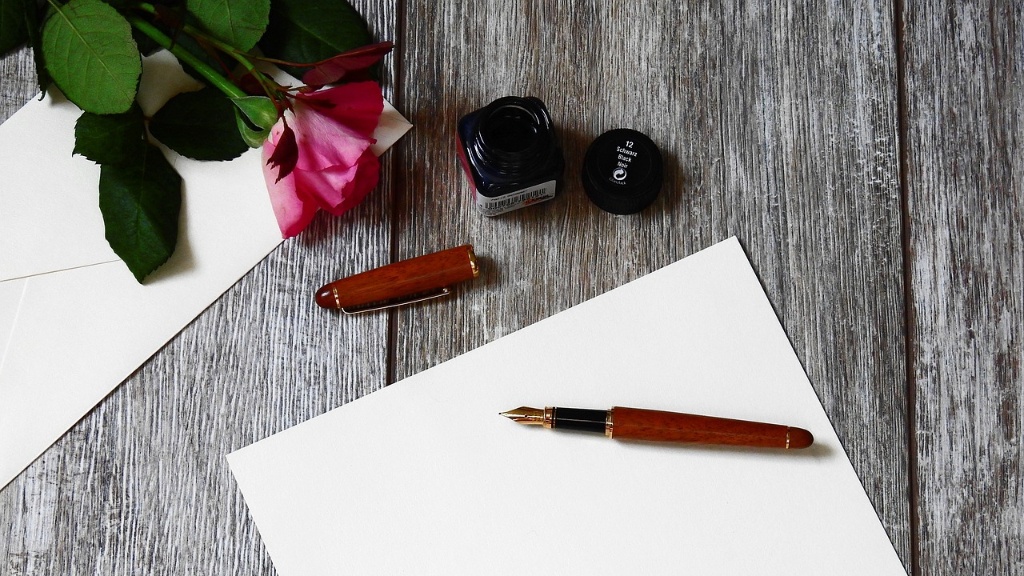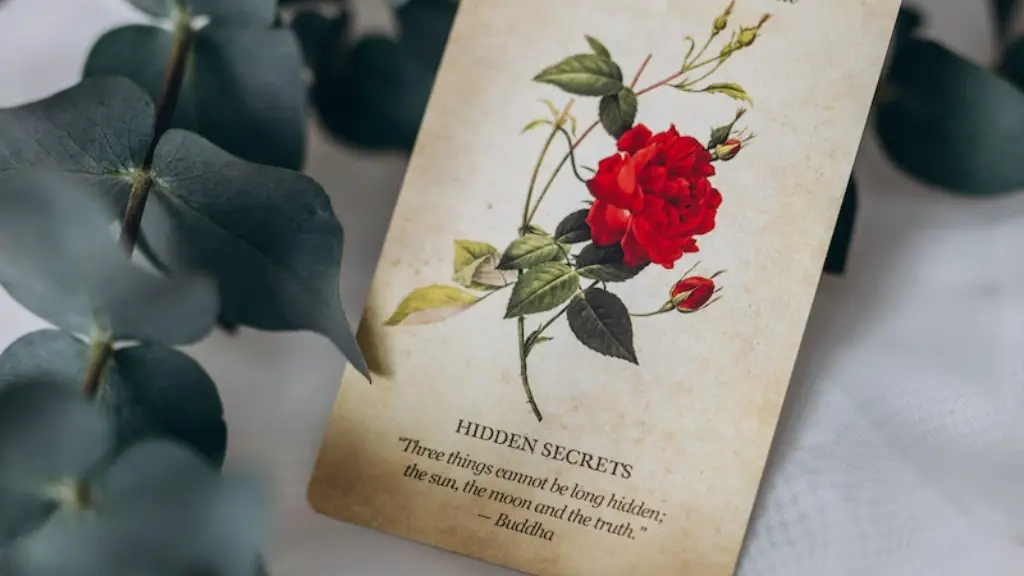Origin of Poetry
Poetry has existed since ancient times, with archaeological evidence pointing to texts that are over 5,000 years old. Many of these early written words were from various cultures like the Greeks, Egyptians and Chinese. Those who wrote poetry in these ancient societies often had a certain power, representing certain tough realities or wishes for the future. Their words were seen as powerful and sacred, used for education, self-expression, or political comments. This power still resonates in many poets’ works today, including modern poets like the American poet laureate, Robert Hass.
In some cultures, such as Ancient Greek and Chinese, poetry was composed orally and memorized. This encouraged a greater poetic expression as performers were able to reach more members of the society and made poetry more accessible to everyone. It also ensured that the poet’s works, and the spirit in which they were written, were passed down to future generations.
Forms of Poetry
Over the years, poetry has evolved significantly with many different forms, often based on the structure of the poem itself. In some ways, these forms are the same, but simply expressed in different forms. There are the traditional forms, such as the sonnet, haiku, epic and others that have remained dominant in certain cultures for many years. Then there are more modern forms including journals, excerpts, slam poems, etc. All of these forms are accepted in the poetic community as genuine forms of expression.
Another aspect of poetry that has changed is the use of words and the way they are used in a poem. Metaphors, similes, and imagery have increasingly become more prominent, bearing more meaning in the text and the reading experience. More poets are also taking advantage of the capabilities of technology including apps and artificial intelligence. This allows for easier access for readers and a more diverse range of expression for the poets.
Technology in Poetry
As technology advances, more and more poets are taking advantage of its capabilities. Apps are being created to help them in their craft. These apps can be used to transcribe spoken word, offer textual analysis, and even personalize and create poetry. Technology can create personal connections with readers, presenting them with a more interactive and engaging reading experience.
In addition, artificial intelligence is also being used to create personal connections between poems and readers. AI not only allows for more creative forms of expression, but also helps to tailor poems to the individual reader. Artificial intelligence can also help to reach wider audiences with the poet’s works and can detect patterns in the readers’ responses to ensure a successful poem. This can facilitate discussions and deeper engagement for both the poets and the readers.
Social Media Poetry
Social media has changed the way poetry is consumed and appreciated. Poets now have the ability to share their work in seconds, reaching an audience that was not possible before. Platforms such as Instagram, Twitter, and Snapchat are now becoming a platform to showcase poetry, allowing poets to gain more recognition and appreciation. Social media also opens up a platform for people to engage in conversations around their favorite poets, and even to give feedback on the poet’s works.
It has also caused a shift in the style of poetry that is being written. Poets can now write shorter works, some of them even containing emojis and hashtags. This new style of poetry is often more accessible and focuses more on the emotional content rather than the structural form. However, there are still those who write in a traditional form and use social media to showcase them.
Content in Poetry
The way poets use language and their topics of choice have also changed drastically. In years past, many poets focused on writing about nature, religion, or love. Today, poets are now writing on difficult topics such as politics, gender, race, and mental health. These topics are becoming more prevalent in modern poetry due to poets giving a voice to underrepresented communities, or discussing difficult and complex topics.
Poetry is used as a tool to provide comfort, to offer insight and understanding, and to raise awareness around a certain issue. Although there still exist many traditional pieces, modern poetry is gaining popularity and more recognition due to its willingness to discuss current, pressing issues.
Conclusion of Poetry
Poetry has gone through many changes over the years and continues to evolve. From its ancient roots in various cultures to its modern interpretations seen today, poetry has come far and has become a powerful tool for self-expression, education, and activism. It is an ever-evolving form that has no age limit and no boundaries.


